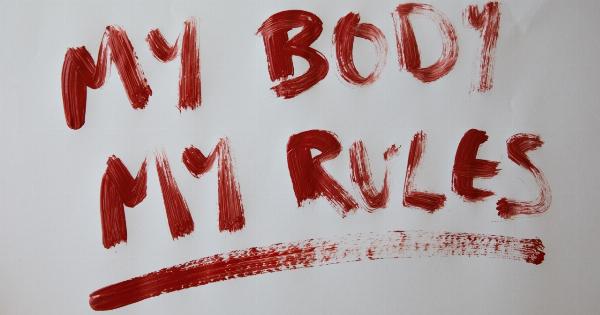Wearing braces is a common way of correcting crooked teeth, but it can also impact social interactions. This article will discuss how braces affect social interactions and provide insights on how to navigate social situations while wearing them.
Insecurity
One of the most common ways that braces affect social interactions is by causing insecurity. Many people, particularly adolescents, may feel self-conscious about their appearance when they wear braces.
This can lead to social anxiety, which may cause them to avoid social situations altogether, or to be less confident when interacting with others.
Difficulty Speaking
Another way that braces can impact social interactions is by making it difficult to speak. People with braces may find that their speech is affected, whether it is because of the metal brackets or because of other issues related to the braces.
This can make it harder to communicate effectively with others, which can have a negative impact on social interactions.
Changes to Diet
Wearing braces can also affect the way that people eat. Depending on the type of braces and the severity of the dental issue being addressed, people with braces may have to avoid certain foods or to modify their diet to accommodate their braces.
This can make it more difficult to eat with others, which can be a barrier to forming social connections.
Bullying
Sadly, braces can also make some people the target of bullying. Children and adolescents with braces may be teased by their peers, and this can lead to feelings of isolation and rejection.
This is a serious concern, and it’s important for parents, educators, and other adults to be aware of the risks and to take steps to prevent bullying and to support children who are affected by it.
Coping Strategies
Despite the challenges that braces can present, there are many strategies that people can use to cope with them and to maintain positive social interactions.
Confidence Building
One of the most important strategies is to focus on building confidence.
This can be done through a variety of approaches, such as practicing positive self-talk, working on posture and body language, and developing a strong sense of personal style and identity. All of these things can help people feel more comfortable in social situations, even if they are wearing braces.
Communication Strategies
Another key strategy is to focus on communication. People with braces may need to work on their speech, to speak more slowly and clearly, or to use other strategies to make themselves understood.
They may also need to educate their friends and peers about their braces, so that they are less likely to become targets of teasing or bullying.
Social Support
Finally, it’s important to seek out social support. Whether it’s from friends, family, or a support group, having people to talk to and to share experiences with can make a big difference.
This can be particularly important for children and adolescents, who may be especially vulnerable to bullying and other negative social interactions.
Conclusion
Wearing braces can be challenging, but it doesn’t have to have a negative impact on social interactions.
By focusing on confidence building, communication strategies, and social support, people with braces can develop the skills and resilience they need to navigate social situations with ease.































